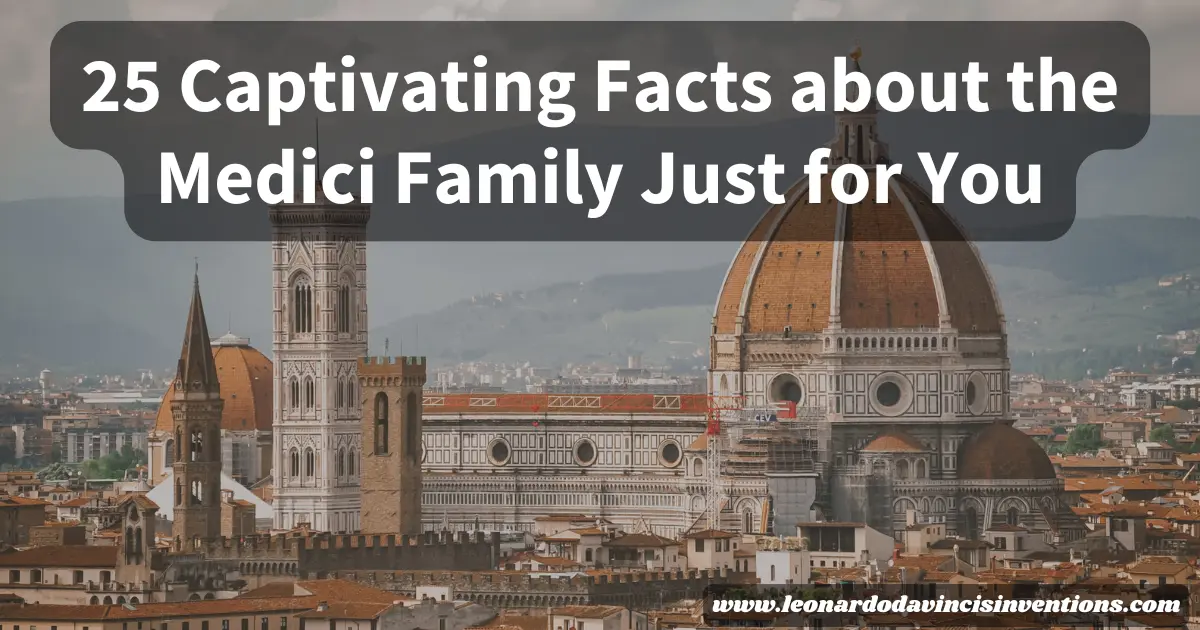
Facts about the Medici family can initially seem confusing, especially with many vital names and stories from history.
You are not alone if you have ever wondered what made the Medici so influential. This article provides clear and direct details to help you easily learn about their impact and legacy.
The Medici family changed the course of history by shaping art, politics, and banking in Florence and beyond.
You will learn why this family holds a special place in Europe’s story and why their legacy continues to matter today.
This collection of facts will help anyone understand who they were and what made them famous.
1. The Medici family originated from the Mugello Valley near Florence in the 13th century.
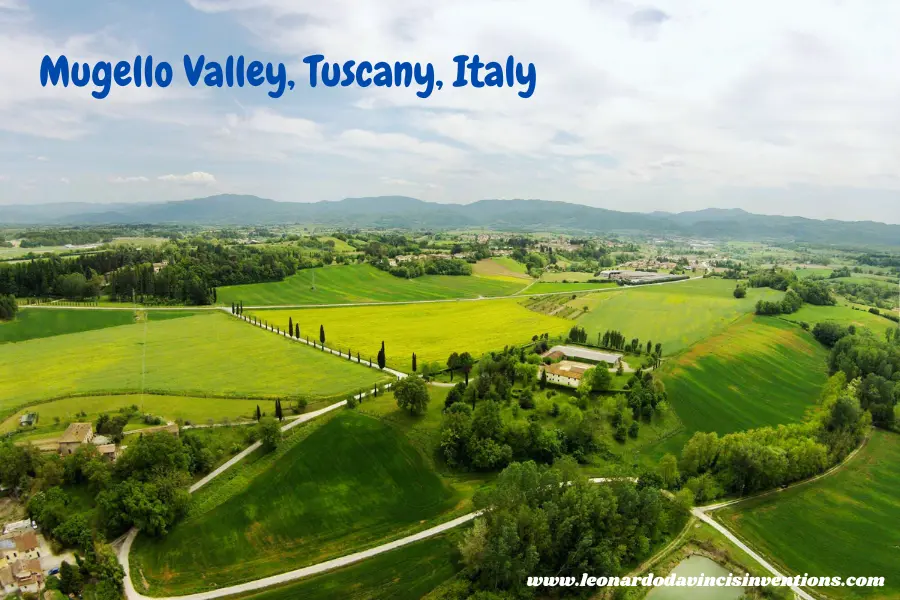
The Medici family began in the Mugello Valley, north of Florence, around the 1200s.
This region in Tuscany was mainly agricultural and rural when the family first appeared.
By the 13th century, the Medici family had moved closer to Florence and was slowly gaining influence.
Their roots in Tuscany helped form close connections with local nobility and merchants.
Over time, the Medici used their growing power to build a banking dynasty. This banking success enabled them to become influential players in the politics and culture of Florence.
2. They began as wool merchants before expanding into banking and politics.
The Medici family started as successful wool merchants in Florence.
They used the wealth from this trade to gain influence and build connections.
They eventually founded the Medici Bank, one of the most powerful financial institutions in Europe.
Their role as a banking dynasty helped them enter politics and rise to become rulers of Florence.
This new power allowed the family to support art, science, and cultural advancement during the Renaissance.
3. Giovanni di Bicci de’ Medici founded the Medici Bank in 1397.
Giovanni di Bicci de’ Medici used his business skills to establish the Medici Bank in Florence in 1397.
The new banking dynasty quickly gained power and influence throughout Tuscany.
The Medici Bank gained a reputation across Europe for its robust financial practices and lucrative partnerships.
Their wealth allowed the family to support the arts, sponsor artists, and shape the culture of Florence during the Renaissance.
4. The Medici Bank became Europe’s most powerful financial institution in the 15th century.
The Medici Bank stood at the heart of Florence’s rise during the Renaissance.
Founded by Giovanni de’ Medici, the bank quickly expanded across Europe, opening branches in major cities.
Cosimo de’ Medici led the banking dynasty to new heights.
The Medici family used their economic power and influence to support politics, art, and science in Florence.
With their wealth, the Medici became powerful patrons of the arts, leaving a lasting legacy on European culture and architecture.
5. Cosimo de Medici, known as ‘The Elder,’ was the first family member to consolidate political power in Florence.
Cosimo de’ Medici, known as “The Elder,” made the Medici family the leading force in Florence during the Renaissance.
He leveraged his banking dynasty to accumulate wealth and exert influence over politics.
Cosimo’s control lets the family shape culture through art patronage and the support of artists like Donatello.
He set the stage for the Medici to rule Florence as an unchallenged political dynasty.
6. The Medici ruled Florence for approximately 300 years.
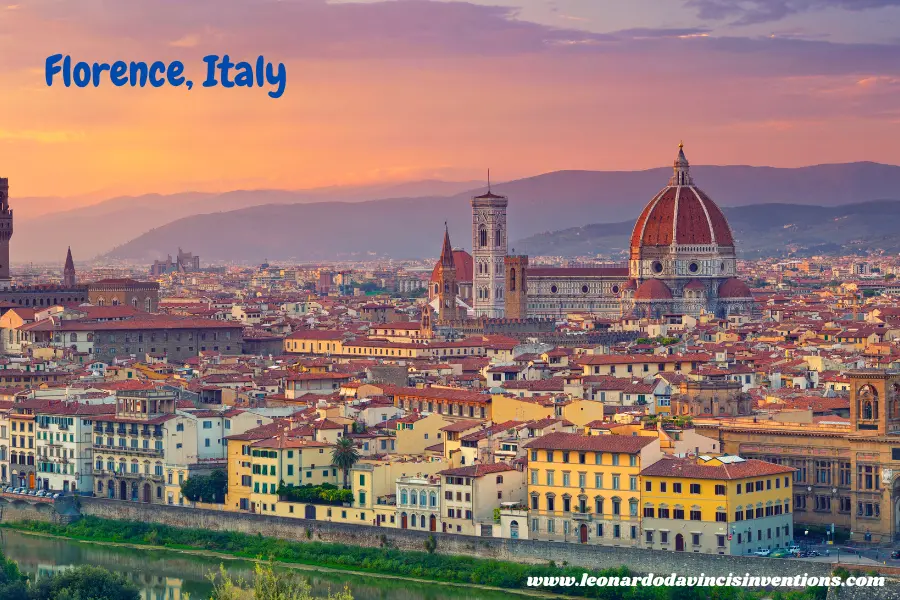
The Medici family ruled Florence for approximately 300 years, shaping the city through their influence in politics, banking, and culture.
Their rule began in the early 15th century and extended into the 18th century, with only a few interruptions.
As a political dynasty, the Medici had a profound influence not just on Florence but on all of Tuscany.
Their legacy includes the growth of the arts and the Renaissance, as they were important patrons to artists and thinkers.
7. Four popes were from the Medici family, including Leo X and Clement VII.
The Medici family produced four popes, leaving a profound mark on the religious landscape during the Renaissance.
Among these were Pope Leo X and Pope Clement VII. Both men played key roles in church politics and European events.
The political dynasty of the Medici gained more power and prestige through its connections with the Papacy.
These connections enabled the family to expand its influence across Italy and beyond.
8. Lorenzo de’ Medici, known as ‘The Magnificent’, was a notable patron of Renaissance arts.
Lorenzo de’ Medici, often referred to as “The Magnificent,” played a pivotal role in Florence’s cultural advancement during the Renaissance.
He supported famous artists like Botticelli and Michelangelo, helping them create lasting masterpieces.
Lorenzo’s patronage of the arts helped turn Florence into a center for innovation and creativity.
His support extended beyond painting and sculpture, encouraging progress in science, architecture, and humanism.
Lorenzo’s influence left a strong legacy in art and culture that shaped Europe for centuries.
9. The Medici were key patrons for artists like Michelangelo, Leonardo da Vinci, and Botticelli.
The Medici family used their wealth and power in banking to promote art during the Renaissance.
They became famous as major supporters of artists such as Michelangelo, Leonardo da Vinci, and Botticelli, strengthening their influence on European culture in Florence and beyond.
This patronage, often referred to as mecenatism, enabled the family to influence the city’s culture and architecture.
Lorenzo de’ Medici, known as “the Magnificent,” played a massive part in supporting these artists.
Their legacy in art remains visible in Florence today, with collections on display at the Uffizi Gallery.
10. They were known for blending political power with cultural patronage.
The Medici family used their banking dynasty to gain political and economic power in Florence.
They took control of the Florentine Republic and exerted significant influence over much of Tuscany for centuries.
Medici patronage of the arts played a significant role in initiating the Renaissance.
They supported famous artists like Michelangelo and Botticelli, bringing culture and innovation to the city.
Their wealth supported major projects that left a lasting legacy in art and architecture, including the construction of the Uffizi Gallery and Palazzo Medici.
11. The family’s crest features six balls symbolizing wealth and influence.

The Medici family crest is famous for its six balls, or palle, displayed on a golden shield.
These balls represent the Medici’s wealth and power during the Renaissance era.
Many believe the balls relate to the Medici’s origins as bankers in Florence.
They symbolized their legacy as a Banking dynasty and their political and economic power in Tuscany.
This coat of arms can still be seen on buildings and monuments across Florence.
12. The Medici used marriage alliances strategically to expand influence across Europe.
The Medici family expanded its power in Florence and beyond through strategic marriage alliances.
These political marriages enabled the dynasty to establish a strong connection with European nobility and royal families.
Marrying into powerful families also gave the Medici more control over politics, wealth, and influence across the continent.
Their connections strengthened the Medici Banking dynasty and helped protect their interests.
Medici women, such as Catherine de’ Medici, even became queens, bringing family influence to France’s highest levels of power.
13. The family produced two queens of France, Catherine de’ Medici and Marie de’ Medici.
Catherine de’ Medici was the daughter of Lorenzo II de’ Medici.
She married King Henry II of France and became queen consort, bringing the Medici family’s political dynasty into French royalty.
Later, Marie de’ Medici, another influential family member, also became Queen of France through marriage.
Their marriages demonstrated how the Medici utilized marriage alliances to expand their influence and wealth beyond Florence.
Both queens played significant roles in French politics and culture.
14. Cosimo I de’ Medici became Grand Duke of Tuscany, further elevating the family’s status.
In 1569, Cosimo I de’ Medici became the first Grand Duke of Tuscany, raising the Medici family from Florentine rulers to Tuscan nobility.
Previously, Cosimo was recognized for his leadership in Florence and his contributions to expanding the Medici political dynasty.
By gaining this new title, Cosimo I secured greater political power and influence across Tuscany.
As numerous historical sources demonstrate, this move significantly enhanced the Medici family’s prominence in European Renaissance politics and culture.
15. The Medici were patrons of the famous Medici Chapel in Florence.
The Medici family used their wealth and influence to support one of Florence’s most important architectural landmarks, the Medici Chapel.
This chapel is a powerful symbol of the Medici dynasty and their lasting legacy in art and architecture.
The Medici Chapel is famous for its beautiful design and the artwork of Michelangelo, who contributed sculptures for the family tombs.
Their patronage helped shape the culture of Renaissance Florence, making the chapel a must-see destination for those interested in history and art.
16. They supported the Platonic Academy, reviving interest in classical philosophy.
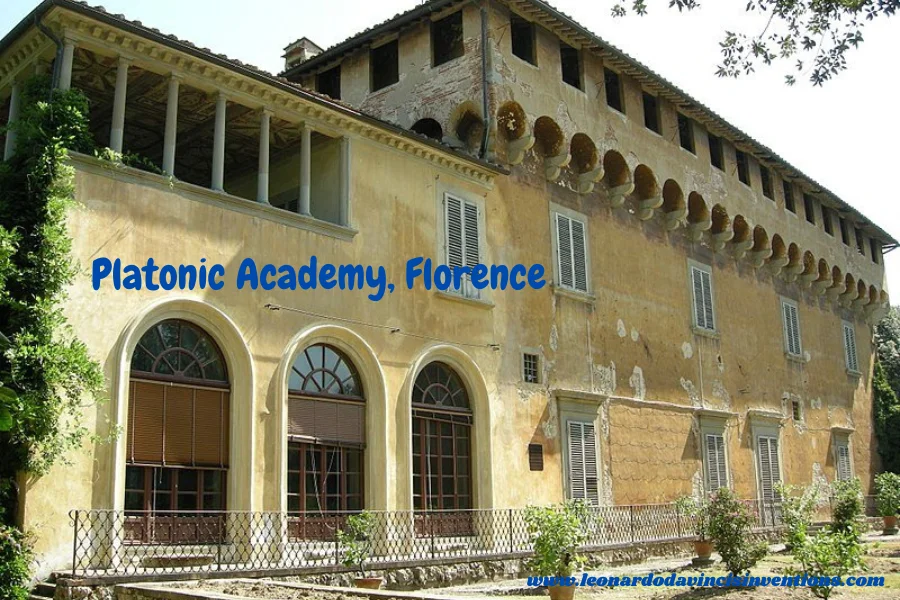
The Medici family utilized the wealth of their banking dynasty to support the Platonic Academy in Florence.
Cosimo de’ Medici played a pivotal role in bringing scholars together to study classical Greek philosophy, thereby fueling the Humanism movement in Renaissance culture.
Their patronage of the Academy encouraged the translation and discussion of Plato’s works.
This effort helped advance art, science, and education throughout Tuscany, marking a turning point in Florence’s intellectual renaissance.
The Medici influence made Florence a center for learning and cultural advancement.
17. Medici popes were both patrons of the arts and involved in major religious controversies.
Medici popes played a pivotal role in the Renaissance, serving as both religious leaders and patrons of the arts.
These popes, such as Leo X and Clement VII, supported renowned artists and architects, leaving a lasting impact on both religious and cultural history.
Their rule also brought religious controversies.
The family’s political dynasty in Rome was closely tied to events such as the Reformation, illustrating their profound influence on the Catholic Church and the intersection of power, culture, and politics in Europe.
18. The Medici Bank collapsed in the late 15th century due to poor lending practices and political instability.
The Medici Bank, once the foundation of the family’s economic power in Florence, began to decline during the late 1400s.
Bad loans, poor management, and shifting political alliances led to its downfall.
The bank’s collapse weakened the Medici family’s influence and threatened their status as a political dynasty.
Managers stole from the bank, and risky decisions exposed branches, especially the Bruges branch, which suffered heavy losses.
19. The Medici maintained power through politics and family ties despite business setbacks.
The Medici family faced several financial problems, including the decline of the Medici Bank, but they did not lose their influence in Florence.
They utilized politics and strong family connections to maintain control.
Marriage alliances and strategic partnerships helped the Medicis remain a powerful dynasty.
Their involvement in politics allowed them to continue ruling and shaping the culture and architecture of Florence even when business was not strong.
20. The family’s influence led to Florence becoming a center of Renaissance culture and innovation.
The Medici family’s influence transformed Florence into a hub of Renaissance art and culture.
Their wealth from the Medici Bank supported many artists, scientists, and thinkers.
Cosimo de’ Medici and Lorenzo de’ Medici used their power and resources to patronize Renaissance artists.
The family’s generosity led artists like Michelangelo and Botticelli to create masterpieces.
Their political dynasty helped Florence become a center for innovation, education, and architecture.
This legacy continues to shape the city’s culture today.
21. Medici alchemists and scholars made significant contributions to science and humanism during the Renaissance.
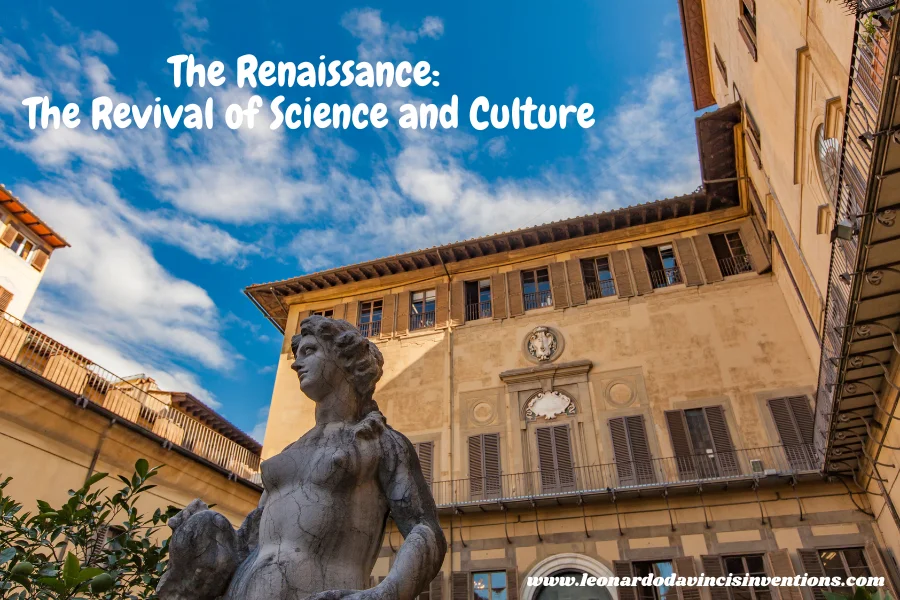
Medici alchemists and scholars played a pivotal role in sparking cultural and scientific advancements in Florence during the Renaissance.
The family’s wealth and political power enabled them to support thinkers who changed people’s worldviews.
The Medici dynasty patronized famous scientists like Galileo Galilei.
Their support also encouraged artists and writers who connected art with new humanist ideas.
22. Many Florentine landmarks display the Medici coat of arms, reflecting their lasting legacy.
The Medici family crest appears on buildings throughout Florence.
This powerful banking dynasty ensured that its symbols were visible across the city as a sign of its influence and control.
Landmarks like the Palazzo Medici and many churches still show the Medici coat of arms.
Their architectural patronage left a clear mark on Florence’s culture and history, connecting modern visitors to the family’s lasting legacy.
23. The Medici family palace, Palazzo Medici Riccardi, is a masterpiece of Renaissance architecture.
Palazzo Medici Riccardi in Florence symbolizes the Medici family’s power and legacy during the Renaissance.
Cosimo de’ Medici, the head of the banking dynasty, commissioned the palace in 1444.
Michelozzo di Bartolomeo designed this building, which became an example for later Renaissance palaces.
Its elegant stone exterior and spacious courtyard reflect both wealth and innovation.
Inside, visitors admire the Cappella dei Magi, renowned for its art and vibrant frescoes.
The palace remains an architectural landmark in Florence.
24. The family commissioned Michelangelo’s statue of David.
The Medici family’s patronage shaped the art and culture of Florence during the Renaissance.
Their influence touched many aspects of daily life, including architecture and sculpture.
As rulers of Florence, the Medici supported great artists.
Michelangelo’s statue of David reflects this legacy in art and politics.
The commission for David began when the Florentine Republic wanted a symbol of civic strength after the Medici were expelled from power.
25. The Medici’s investment in art helped launch the careers of several Renaissance masters.
The Medici family’s patronage of art transformed Florence during the Renaissance.
Their banking dynasty provided the wealth to support famous artists such as Michelangelo, Botticelli, and Leonardo da Vinci.
Cosimo de’ Medici and Lorenzo de’ Medici utilized their influence to provide painters, sculptors, and architects with opportunities.
The Medici legacy remains visible in important sites and collections such as the Uffizi Gallery and the Palazzo Medici.
Frequently Asked Questions
The Medici family had a profound impact on the Renaissance, politics, religion, and banking in Italy.
Their legacy includes contributions to the arts, religion, and the development of modern finance.
What are some facts about the Medici family?
The Medici family started as wool merchants in the Mugello Valley in the 13th century.
They gained fame after Giovanni di Bicci de’ Medici opened the Medici Bank in 1397.
The bank became the most powerful in Europe during the 15th century and helped them rise to power in Florence.
Cosimo de’ Medici was the first in the family to lead the city.
Over time, the Medici family produced four popes, including Leo X and Clement VII, and married into many royal European families.
Their support for artists like Michelangelo and Leonardo da Vinci made Florence a center for the arts during the Renaissance.
What is true about the Medici family?
The Medicis became one of Europe’s wealthiest families by controlling Florence’s banking and politics.
They were key supporters of art and architecture, which helped lead to the Renaissance.
Their influence also extended to religion, with several family members becoming popes—a testament to their reach and power.
Why were the Medicis hated?
Some people disliked the Medici family due to their wealth, power, and influence over politics.
Others viewed them as corrupt because they combined business and government for their benefit.
Their rivals often viewed them as outsiders, despite their contributions to the city.
What is Medici best known for?
The Medicis are best known for their role as powerful bankers, arts patrons, and Florence rulers.
Their lasting support for artists helped initiate the Italian Renaissance and established Florence as a cultural center.
The family’s influence in banking set the stage for modern finance.
Why was the Medici family so powerful?
The family’s financial acumen enabled them to amass great wealth, which they leveraged to gain influence in politics and the church.
They formed strong alliances through marriages and by building relationships with influential people.
Their control of Florence’s government let them shape the city’s future.
How much would the Medici be worth today?
It is difficult to give an exact number, but the Medici fortune was considered vast for its time.
Modern estimates place their wealth in the hundreds of millions or possibly over a billion dollars, adjusted for today’s purchasing power.
The Medici Bank was once the most powerful financial institution in Europe.
Who was the most powerful family in Italy?
During the Renaissance, the Medici family was the most powerful in Italy.
Their role in banking, politics, and religion gave them unmatched influence.
Other families, like the Sforza and Borgia, were important, but the Medicis’ long-lasting impact and ties to the church made them stand out.
Who was the most loved Medici?
Lorenzo de’ Medici, known as “Lorenzo the Magnificent,” was the family’s most loved member.
He supported artists and writers, improved the city, and was respected for his contributions to politics and culture.
Many people in Florence admired him for his wisdom and vision.
Why was the Medici family corrupt?
Some members of the Medici family were accused of corruption, especially when they mixed banking and politics for personal gain.
They often used their wealth and power to influence city leaders, church officials, and even kings.
This control sometimes led to unfair practices and rivalries.
Where is Medici in Just Cause 3?
In the video game Cause 3, Medici is a fictional Mediterranean island. The game’s creators drew inspiration from Italy and other southern European countries.
The island bears no relation to the real Medici family of Florence. The name serves as a nod to the famous Italian legacy.
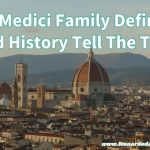
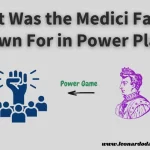
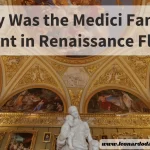
 Leonardo Bianchi,
the creator of Leonardo da Vinci's Inventions.
Thank you for visiting
Leonardo Bianchi,
the creator of Leonardo da Vinci's Inventions.
Thank you for visiting